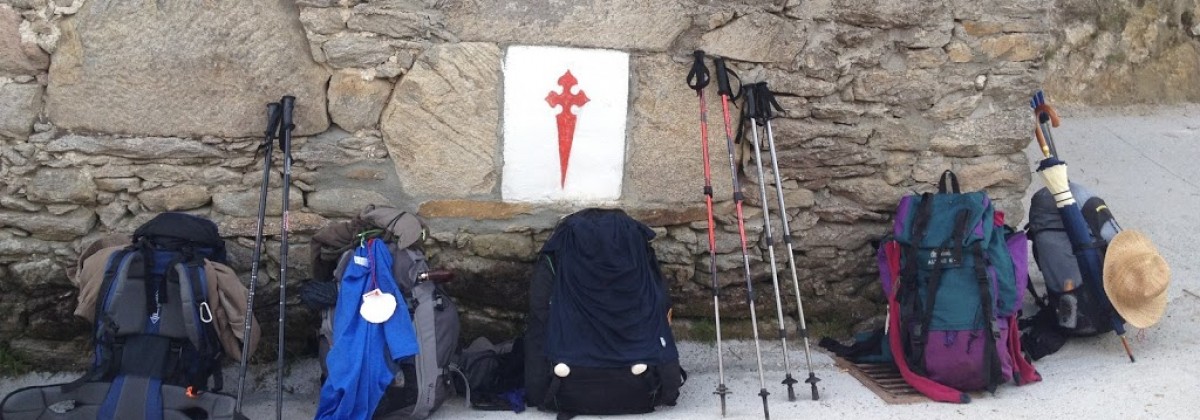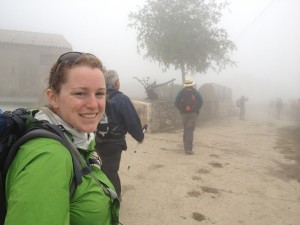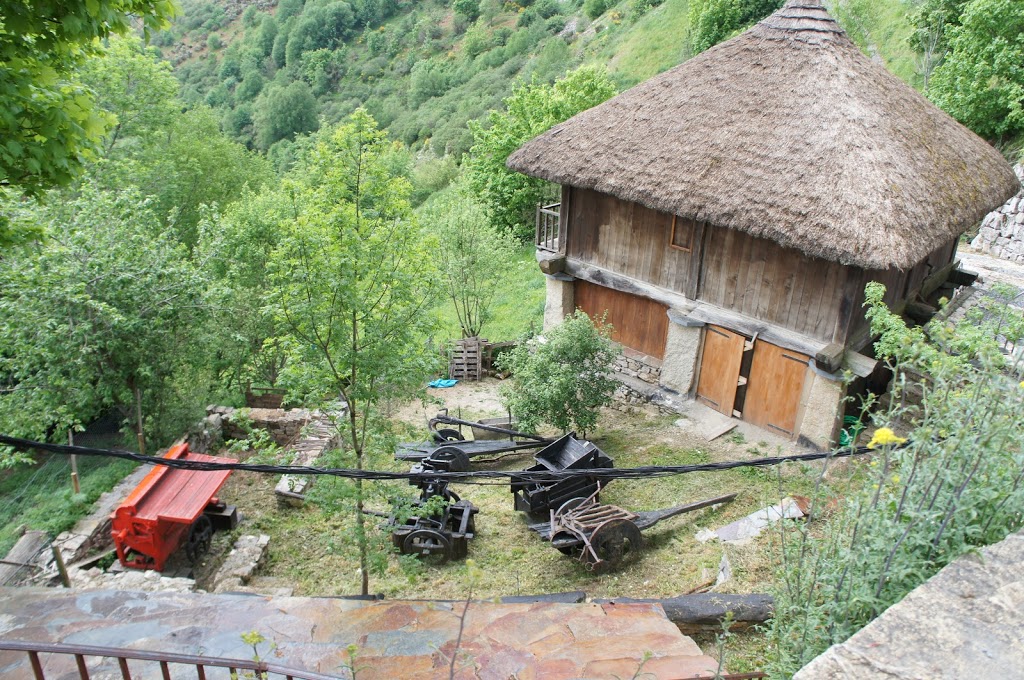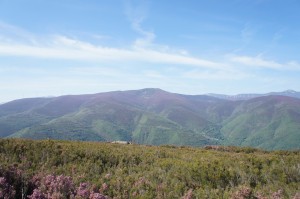 after the distinct character of O’Cebreiro, hiking for 28 days, and the increasing presence of new peregrinos, I found it increasingly difficult to appreciate the character and charm of the some of the places we stayed in Galicia. perhaps the damp weather exacerbated my sense of ambivalence, but the new faces and increased commercialization of the small towns, seeking desperately to meet some unasked need of the new peregrinos didn’t help.
after the distinct character of O’Cebreiro, hiking for 28 days, and the increasing presence of new peregrinos, I found it increasingly difficult to appreciate the character and charm of the some of the places we stayed in Galicia. perhaps the damp weather exacerbated my sense of ambivalence, but the new faces and increased commercialization of the small towns, seeking desperately to meet some unasked need of the new peregrinos didn’t help.
we didn’t have lodging booked in Triacastela and stumbled upon an albergue near the start of town and off the main road. we snagged perhaps the last two bunks in the place, which was clean enough if charmless. the communal space was somewhat odd and didn’t allow for much lounging. we found a restaurant around the corner for our big daily meal and then took a look around the village. even if we’d found the last two beds in the village, I felt a little cheated; while our albergue was on the main highway through town, the heart of the village was the other road, the one we’d deviated from to find our lodging. it was filled with cafes and several different lodgings of varying quality and after having such luck finding quaint or character-filled lodgings without notice, it was a bit of a let-down. one of my books likened it to the contrast found in Puente la Reina (way back on day 4) where the Camino passed along both a major motorway lined with modern (drab) apartment buildings and through the medieval buildings at the center of town.
 the three castles from which the village takes its name dated from the 10th century but none remain standing; according to my cultural history book, they were all likely destroyed by Norman raiders in the middle of the 10th century and nothing remains of them today. (could you blame locals for carrying off a heap of already-quarried stones for their own uses?) despite the lack of stately accommodation, the town drew numerous royals for visits over the centuries. in the 13th century, Alfonso IX of León took a liking to the town and visited frequently, even going so far as to appoint the local mayor; his son took a liking to the Galician language, Gallego, and had troubadours perform songs at court in Gallego. shortly thereafter (in 1248), Fernando III gathered town representatives in the village to raise funds for his campaign to reconquer Sevilla. in May 1554, Prince Felipe II (later King … of several countries with varying strength-of-claim) spent the night in Triacastela before continuing to England to marry his aunt, Mary, who also happened to be recently-crowned Queen of England.
the three castles from which the village takes its name dated from the 10th century but none remain standing; according to my cultural history book, they were all likely destroyed by Norman raiders in the middle of the 10th century and nothing remains of them today. (could you blame locals for carrying off a heap of already-quarried stones for their own uses?) despite the lack of stately accommodation, the town drew numerous royals for visits over the centuries. in the 13th century, Alfonso IX of León took a liking to the town and visited frequently, even going so far as to appoint the local mayor; his son took a liking to the Galician language, Gallego, and had troubadours perform songs at court in Gallego. shortly thereafter (in 1248), Fernando III gathered town representatives in the village to raise funds for his campaign to reconquer Sevilla. in May 1554, Prince Felipe II (later King … of several countries with varying strength-of-claim) spent the night in Triacastela before continuing to England to marry his aunt, Mary, who also happened to be recently-crowned Queen of England.
































